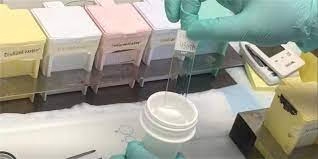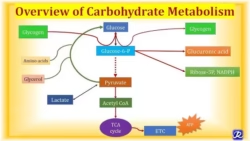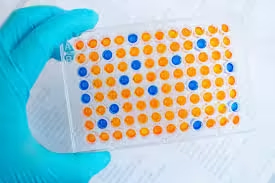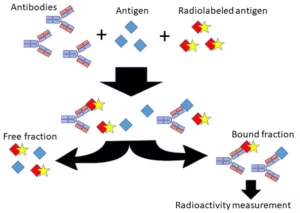
Introduction A histological fixative is a chemical substance used to preserve biological tissues from decay, maintaining the structure of cells and tissues for microscopic examination. Fixatives stabilise the tissue, preventing Read More …
Simplifying Allied Health Learning.

Introduction A histological fixative is a chemical substance used to preserve biological tissues from decay, maintaining the structure of cells and tissues for microscopic examination. Fixatives stabilise the tissue, preventing Read More …

Digestion of Carbohydrates The principal sites of carbohydrate digestion are the mouth and small intestine. The dietary carbohydrate consists of: Polysaccharides: Starch, glycogen, and cellulose Disaccharides: Sucrose, maltose, and lactose Read More …

Definition Carbohydrates are biomolecules consisting of carbon (C), hydrogen (H), and oxygen (O), typically following the empirical formula (CH2O)n, where “n” represents the number of carbon atoms. Carbohydrates can be Read More …

Introduction Enzyme-Linked Immunosorbent Assay (ELISA) is a popular and widely used biochemical technique designed to measure the concentration of substances, usually antigens or antibodies, in a liquid sample. It is Read More …

Radioimmunoassay Radioimmunoassay (RIA) is a highly sensitive and specific laboratory technique that measures minute amounts of antigens or substances (such as hormones, drugs, and proteins) in biological samples. RIA works Read More …